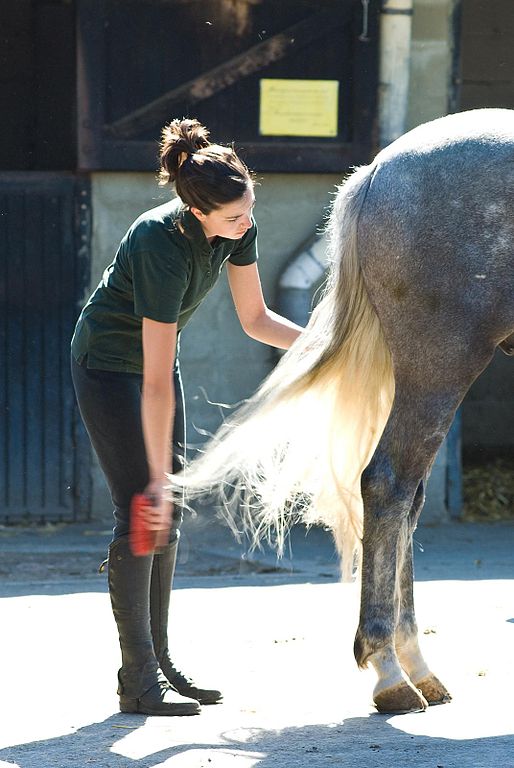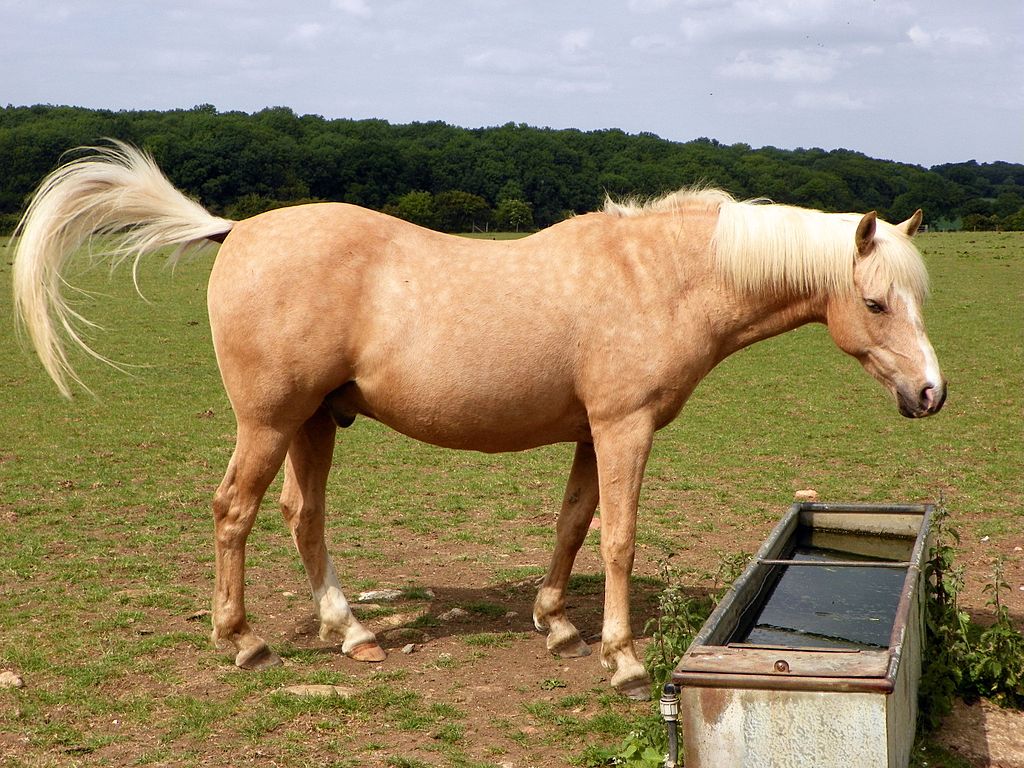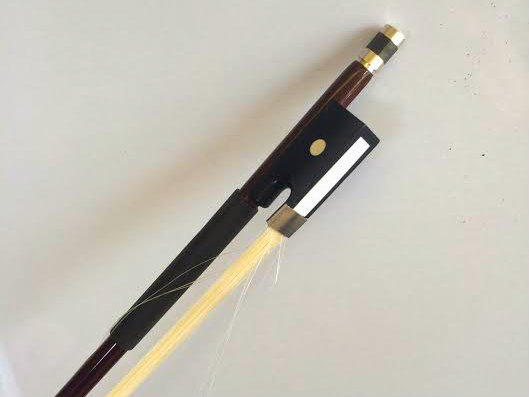

Whenever you go to an orchestra concert, you’re hearing and watching a wonderful mix of our current, modern world and the old world. Even though there are modern-made instruments in the string section being played in front of you, the design comes from the peak of violin making dating back 400 years or more.
One aspect of the old world most people don’t think about, however, is that all-important hair used for the bow.
It is stretched into a thin ribbon, applied with rosin (specially processed tree resin), and drawn across the strings to set the strings in vibration.
Here are 10 things you didn't know about all that horsehair on stage at Boettcher Concert Hall:
1. The hair comes from the tails of horses in really cold climates such as Siberia, Mongolia and Canada. The cold climate causes the horses to produce hair that is thicker and stronger than that produced by horses in warmer climates.

2. White hair is used almost exclusively by the upper string players, while black hair is often used by the lower strings. Low string players will also sometimes use a salt-and-pepper mixture.
Black hair is more coarse, so it is able to “grab” the larger strings of the lower instruments better. To be honest, some people say that this distinction is minimal at best, but bass players who use black hair will tell you otherwise.
3. White hair actually comes from white horses. Bleaching damages the hair, and professional players will never use it.
White hair ranges from white to light tan, and some hair has a color shift through the length of the hair. This hair is less expensive, since hair with no color shift is more highly prized.
4. Of all the hair in a horse's tail, only a small fraction is good enough for use in bows. All the hair is “dressed” multiple times, meaning that any imperfect hairs are removed, the hair is cleaned and organized by length.
5. Most horse hair is harvested from the slaughterhouse, not from living horses.

6. Even though there are millions of string instrument bows in the U.S., the hair used for them represents only a small fraction of the horsehair industry. The vast majority of the hair from a horse’s tail is used for other purposes, such as fine art paintbrushes, fabrics, jewelry, pottery, fishing line and fly tying.
7. The choice a string player makes of who rehairs their bow is extremely personal. It is a matter of trust: A string player must trust his or her $8,000 (give or take) bow to a luthier who will “dress” the hair a final time from the hank, and use only the very finest quality.
Then there are a host of details in rehairing a bow, from the thickness of the ribbon which some players prefer thicker on one side of the bow, to the kind of hair used, to the quality of workmanship in cutting new wedges that hold the hair in place. Once a string player finds a person who rehairs a bow just the way they like it, they may never have their bow rehaired by anyone else. Ever.
8. Rehairing a bow is as much an art as it is a craft.
Each luthier has his or her own way of tying knots to hold the ends together or cutting the wedges to secure the hair. Each step and detail is a matter of pride. This is to say nothing about the art of working with finicky string players who will then spend 800 to 1,000 hours playing with that hair.
9. In Colorado's climate, a rehair job is necessary at least twice a year.
The temperature and humidity changes drastically from summer to winter. Hot, muggy weather causes the hair to stretch, which may make it impossible to tighten enough on the bow. In the winter, the hair dries and contracts, sometimes making it impossible to loosen the hair of the bow enough to relax the tension on the stick.
10. There are synthetic substitutes for horse hair. They are awful. Truly awful.
Even beginners can tell the difference. Old-world horsehair is still the very best material to use to get the very best modern sound out of all those wonderful old-world instruments.
David Rutherford hosts Sacred Classics from 6 to 10 a.m. Sundays on CPR Classical.








